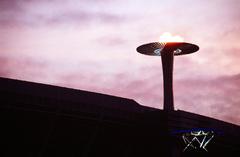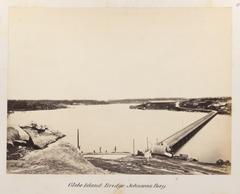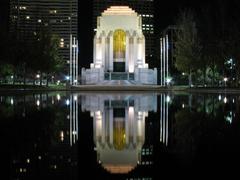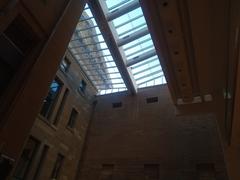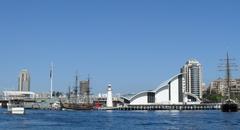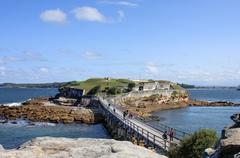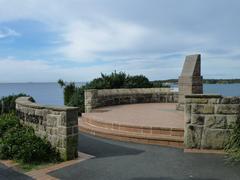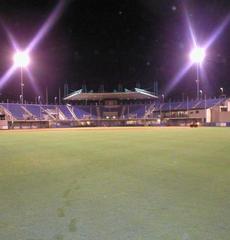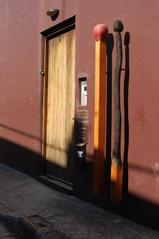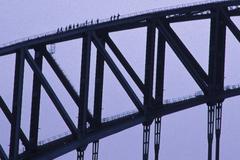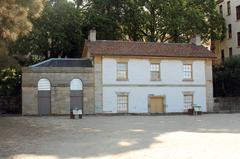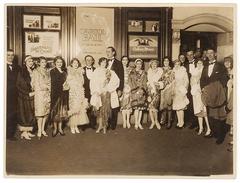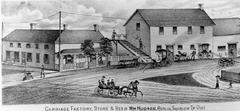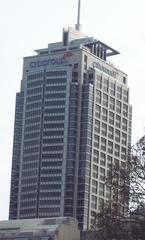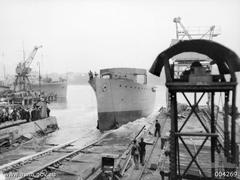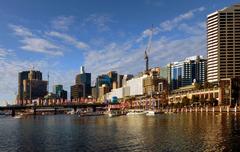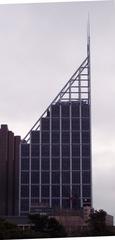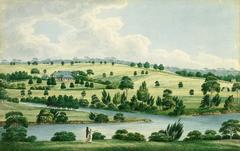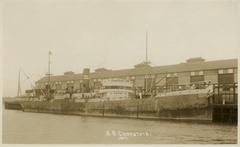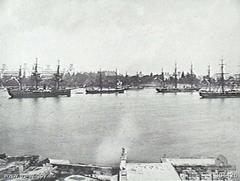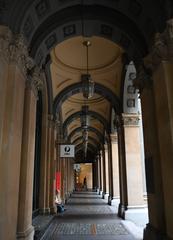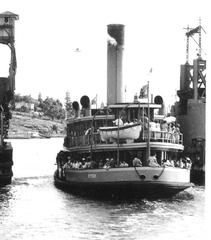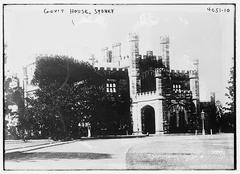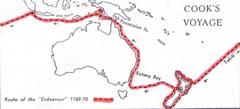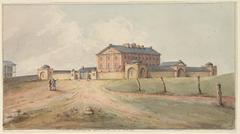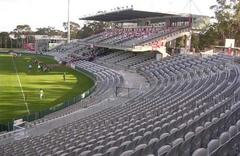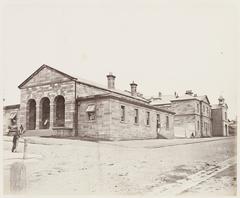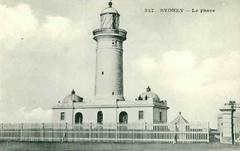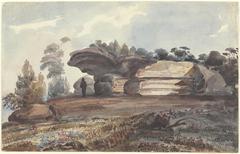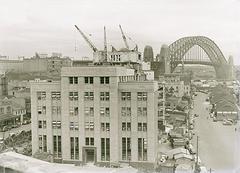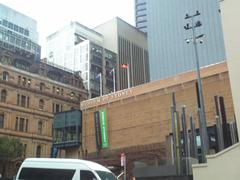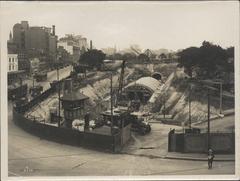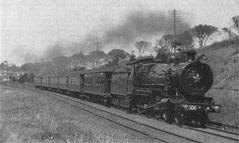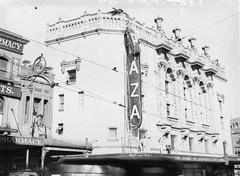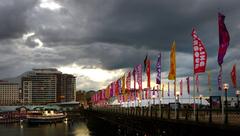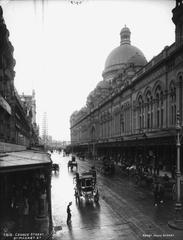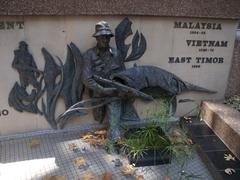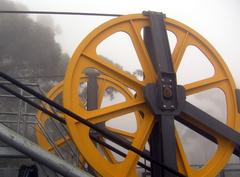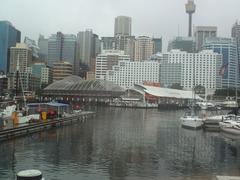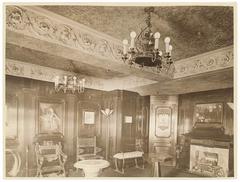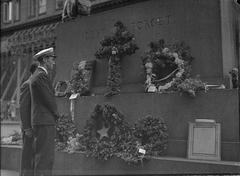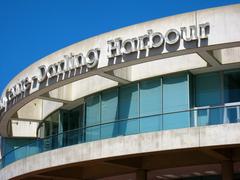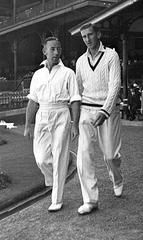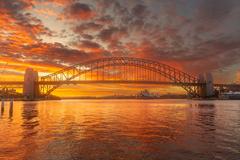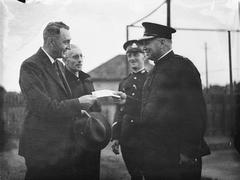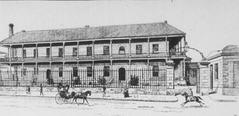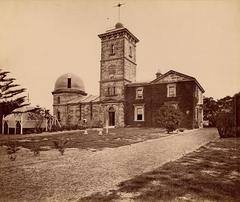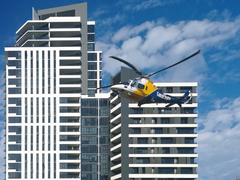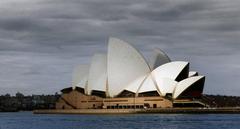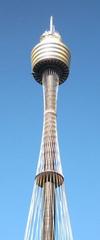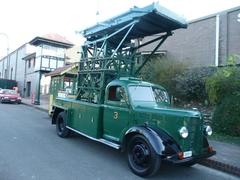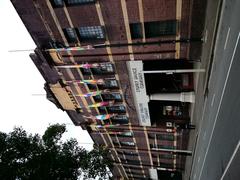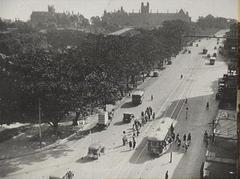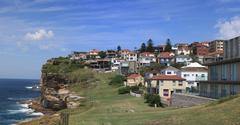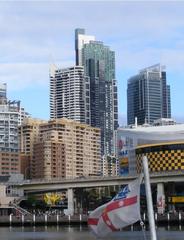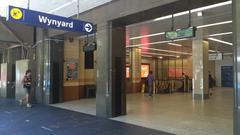
Palace Theatre Sydney: Visiting Hours, Tickets, and Historical Significance
Date: 04/07/2025
Introduction
Once a beacon of architectural brilliance and cultural vibrancy, the Palace Theatre Sydney stood at the heart of Pitt Street, captivating audiences from its grand opening in 1896 until its demolition in 1970. Though the theatre itself no longer graces Sydney’s skyline, its legacy endures in the city’s collective memory and in the ongoing celebration of Sydney’s performing arts. This guide explores the Palace Theatre’s remarkable history, architectural features, and cultural significance, while also providing practical tips for exploring its former site and nearby attractions today.
For those researching Palace Theatre Sydney visiting hours, ticket information, or simply seeking to appreciate Sydney’s rich historical landscape, this article delivers a comprehensive overview, detailed visitor guidance, and curated resources.
For further historical context, consult authoritative references such as the Dictionary of Sydney, Theatre Heritage Australia, and Cinema Treasures.
Table of Contents
- Palace Theatre Sydney: A Journey Through History
- Origins and Construction
- Architectural Highlights and Innovations
- Evolution and Programming
- Ownership and Adaptations
- Decline, Closure, and Legacy
- Exploring the Former Site
- Nearby Attractions & Theatre Tours
- Cultural Significance
- Visitor FAQ
- Practical Tips for Visitors
- References & Useful Links
Palace Theatre Sydney: A Journey Through History
The Palace Theatre was a defining feature of Sydney’s cultural landscape from the late 19th to the mid-20th century. Its distinctive Queen Anne and Indian Gothic architectural styles, lavish interiors, and early use of electric lighting made it a standout among Australian theatres. Although the building was demolished in 1970, the Palace Theatre’s influence persists through historical records, nearby heritage sites, and ongoing appreciation for Sydney’s theatrical past.
Origins and Construction
Founded by entrepreneur George Adams as part of his redevelopment of the Tattersall’s Hotel property, the Palace Theatre officially opened its doors on 19 December 1896 (Dictionary of Sydney). Architect Clarence Backhouse designed the structure, which initially accommodated between 800 and 1,000 patrons—less than its original planned capacity but still substantial for the era.
The theatre’s Pitt Street façade featured red and white glazed brickwork, a polished trachyte base, and a striking French tile roof capped with a 100-foot tower. Four terracotta statues of dancing girls, modeled by Nelson Illingworth, adorned the exterior, symbolizing a commitment to the performing arts (Theatre Heritage Australia).
Architectural Highlights and Innovations
Inside, the Palace Theatre was celebrated for its “dazzling spectacle of Oriental luxury,” with interiors designed by scenic artist Phil Goatcher. The auditorium boasted arched ceilings, embossed and painted sheet steel, and a proscenium arch crowned by a gold Buddha. Side boxes took the form of miniature Indian temples, and the palette of old gold and peacock blue was accentuated by an elaborate, hand-painted satin stage curtain (Dictionary of Sydney).
Technologically, the Palace was ahead of its time: it was the first Australian theatre to conceal all lighting behind glass panels, powered by its own electric generator. This innovation elevated the theatrical experience and influenced subsequent venue designs.
Evolution and Programming
The Palace Theatre initially operated as a vaudeville and variety house, drawing large crowds eager for its diverse entertainment offerings. Despite its artistic achievements and initial acclaim, the theatre soon encountered commercial difficulties, resulting in frequent changes in management and programming (Theatre Heritage Australia).
The theatre adapted to changing tastes over the decades, shifting from vaudeville and drama to cinema. Its programming ranged from popular film screenings (including Shirley Temple features and British romances) to live performances and even a brief stint as a mini-golf course (Cinema Treasures).
Ownership and Adaptations
Ownership of the Palace Theatre changed hands several times. In 1920, the venue was acquired by JC Williamson’s and J & N Tait, who modernized its interior in 1923 to suit contemporary preferences. The theatre’s conversion into a cinema in the 1930s further diversified its offerings, and after World War II, it alternated between film and live theatre, collaborating with groups like the Australian Elizabethan Theatre Trust (Dictionary of Sydney).
Decline, Closure, and Legacy
The final curtain fell in 1969 after a production of “Little Mary Sunshine.” The Palace Theatre was subsequently demolished in 1970, and its site is now occupied by the Hilton Hotel Sydney (Cinema Treasures). Though the theatre itself is gone, the adjacent Marble Bar (originally part of Tattersall’s Hotel) remains a testament to the area’s opulent past.
The Palace Theatre’s legacy persists through photographs, archival materials, and the influence it exerted on Sydney’s theatre design and performing arts culture.
Exploring the Former Site
Location
- Address: 488 Pitt Street, Sydney, NSW (historic records also reference 255, 259–261, and 351 Pitt Street due to renumbering and various development phases).
- Current Use: Hilton Hotel Sydney now occupies the site.
Accessibility
- Public Transport: Easily accessible via Town Hall and Museum train stations, as well as numerous bus routes.
- On Foot: The location is within walking distance of the Queen Victoria Building, Pitt Street Mall, and other central attractions.
Visiting Hours and Tickets
- There are no visiting hours or tickets available for the Palace Theatre, as the building no longer exists. However, the Hilton Hotel and Marble Bar are open to the public, and the precinct can be explored year-round.
Nearby Attractions & Theatre Tours
- Marble Bar: Renowned for its preserved Victorian opulence, the Marble Bar offers a direct architectural link to the Palace Theatre era.
- State Theatre: Located nearby, this heritage-listed venue offers guided tours and regular performances (State Theatre).
- Sydney Opera House: An architectural icon with daily tours and performances (Sydney Opera House).
- Queen Victoria Building & Hyde Park: Both are within easy reach for visitors interested in Sydney’s broader historical and cultural context.
- Walking Tours: Several guided walking tours of Sydney’s city centre and theatre precincts include references to the Palace Theatre and stories of its heyday.
Cultural Significance
The Palace Theatre was more than a performance venue—it was a social institution and a symbol of Sydney’s cosmopolitan aspirations. Its elaborate design, innovative technology, and varied programming reflected the city’s growth and evolving tastes. The theatre fostered inclusivity, drawing audiences from across Sydney’s social spectrum and showcasing both local and international talent.
Even after its closure, the Palace Theatre’s impact is felt in the design of contemporary venues, the preservation efforts of organizations like Theatre Heritage Australia, and ongoing public interest in Sydney’s performing arts heritage.
Visitor FAQ
Q: Can I visit the Palace Theatre today?
A: No, the Palace Theatre was demolished in 1970. The site is now occupied by the Hilton Hotel Sydney, but the surrounding area and Marble Bar are accessible to visitors.
Q: Are there tours focused on the Palace Theatre?
A: While there are no dedicated tours for the Palace Theatre, its history is often featured in broader walking tours of Sydney’s historic theatres and central precincts.
Q: What nearby attractions can I visit?
A: The State Theatre, Capitol Theatre, Queen Victoria Building, and Sydney Opera House are all nearby and open to visitors.
Q: Where can I find more information or memorabilia?
A: The State Library of New South Wales and Theatre Heritage Australia maintain extensive archives and photo essays.
Practical Tips for Visitors
- Plan a walking route through the Pitt Street precinct to appreciate the district’s historic and contemporary attractions.
- Visit the Marble Bar for a taste of Victorian-era design and a direct link to the Palace Theatre’s past.
- Explore nearby theatres such as the State Theatre and Sydney Opera House for tours and live performances.
- Consult local archives or the Ross Thorne Photo Essay for rare images and detailed historical information.
- Use public transport for easy access to central Sydney and its cultural landmarks.
References & Useful Links
- Dictionary of Sydney - Palace Theatre
- Theatre Heritage Australia - Little Wunder Part 1
- Theatre Heritage Australia - Little Wunder Part 2
- Cinema Treasures - Palace Theatre
- Sydney Opera House: Insights and Tours
- Explore City Life: Sydney
- Sydney.com: Arts and Culture
- Ross Thorne Archive: Palace Theatre Photo Essay
- State Library of New South Wales
Summary
The Palace Theatre Sydney, though lost to time, remains an integral part of the city’s artistic and architectural heritage. Its innovative design, luxurious décor, and varied programming were emblematic of Sydney’s cultural ambitions. Today, while you cannot visit the theatre itself, its spirit lives on in the stories preserved by historians, the Marble Bar’s opulent interiors, and the thriving arts scene that continues to define Sydney. For those passionate about theatre history, exploring the Pitt Street precinct and visiting nearby cultural landmarks offers a rewarding way to connect with the city’s vibrant past.
To stay informed about Sydney’s historical sites and upcoming performances, make use of resources like the Dictionary of Sydney, Theatre Heritage Australia, and Cinema Treasures.

